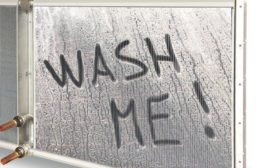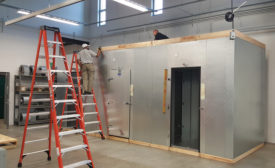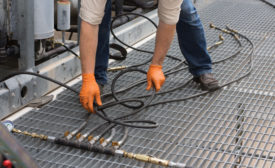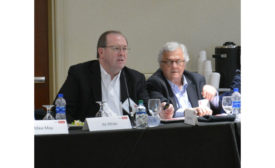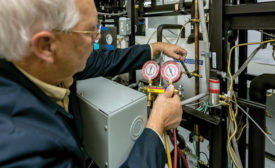Refrigeration
Fouled coils result in less efficient refrigeration and air conditioning systems
Read More
HVACR Students Get Hands-on Experience Building Their Own Training Equipment
Need a Lab? Why Not Build a Lab?
Read More
It Is Never a Good Idea for HVACR Techs to Mix Refrigerants
Experts note an increase in improperly charged systems
Read More
HFO Sightings: Refrigerant Retrofits Becoming More Common in Supermarkets
Best practices help ensure supermarket transitions to low-GWP blends go smoothly
Read More
Copyright ©2024. All Rights Reserved BNP Media.
Design, CMS, Hosting & Web Development :: ePublishing
